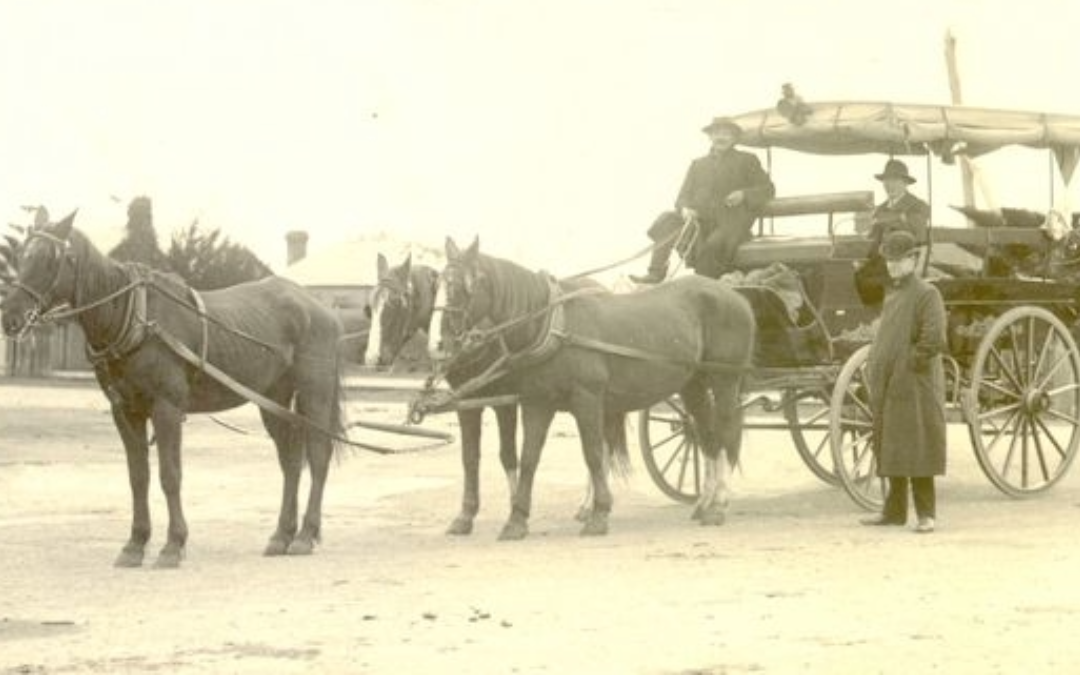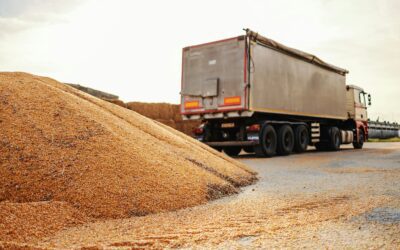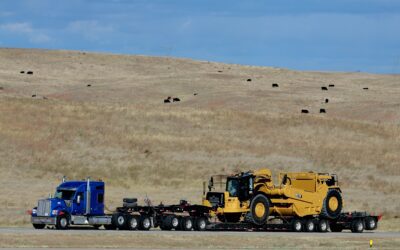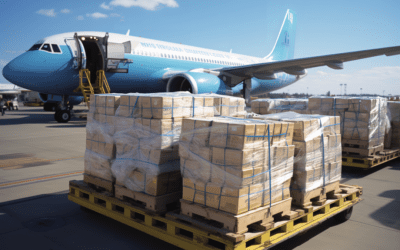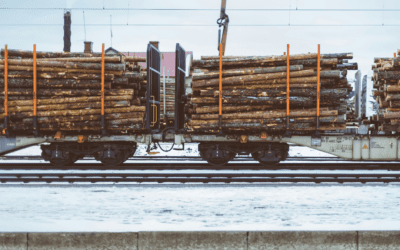Drayage serves as a short-distance transportation mode for goods, typically trucks, and is often associated with ports, rails, or warehouses. As a long-standing component of the United States supply chain history, drayage has continuously adapted and evolved. Which contributed to how freight is moved today.
According to PortPro, the United States is the world’s largest drayage market, with a market size of $6.5 billion in 2022, nearly doubling China’s market of $3.4 billion. Drayage plays an essential role in shaping the United States’ infrastructure and economy. Acting as the cornerstone between cities and industrial centers, drayage has bolstered the development of the economy by moving goods.
From the start, drayage has continued to create operational efficiencies that directly impact the cost of goods. With continuous advancements in technology, drayage is embracing automation and adapting to market demands.
Forming connectivity with drayage services
Historically, drayage services have influenced infrastructure development and transporting goods over short distances. During the 19th and early 20th centuries, horse-drawn carriages, referred to as “drays,” played a fundamental role in transporting cargo. These include locations inaccessible by ships and trains. These services facilitated the efficient movement of goods and materials, ultimately shaping how streets, bridges, and loading docks are built to accommodate operations.
In the late 1860s, Los Angeles Harbor recognized a need for better infrastructure in order to operate as a commercial hub. This included constructing a railroad, building a breakwater, and dredging the harbor to accommodate larger vessels. In 1869, the Los Angeles and San Pedro Railroad was completed and began operations in October of that year.
The Brooklyn Bridge, completed in 1883, was designed to handle both pedestrian traffic and drayage services. The design of the roadway was broad enough to enable horse-drawn carts to transport goods between Manhattan and Brooklyn, two prominent hubs during the 19th century. The bridge created one of the largest economic centers in the world by facilitating the transportation of goods and labor between these two metropolitan areas. Similarly, New York City’s South Street Seaport saw drays moving cargo from ships to nearby warehouses and markets.
In the early 1900s, Tacoma’s Thea Foss waterway was positioned next to warehouses and terminals. Commencement Bay saw transcontinental connections from various railroads, including the Great Northern Railway, Union Pacific Railroad, and Milwaukee Road. Concurrently, the railroad developed Tacoma’s waterfront, contributing to the city’s growth.

Introduction of standard cargo container
In the mid-20th century, the U.S. maritime and drayage industry saw changes marked by integrating rail, truck, and shipping modes. Intermodal transportation created a new wave for drayage operations, leading many to pioneer technological innovations, including designing and operating specialized ships, containerization, and double-stack rail cars.
The rise of railroads led to drayage adapting and integrating with the rail freight industry. In the 20th century, trucking emerged as the dominant force in transportation, and drayage evolved with the introduction of containerized solutions.
In 1956, the standard cargo ship container was introduced, initially built at a length of 33 feet, which soon increased to 35 feet long and 8 feet wide. This new system cut the cost of loading and unloading a ship. The manual loading cost of $5.86 per ton dropped drastically to just 16 cents per ton, marking a significant milestone in drayage.
The development of containerization led to more efficient and secure transportation of goods, with the ability to easily transfer containers between different modes of transport. Internet of Things (IoT) technology improved operations by providing precise tracking of container arrival times, improving scheduling, and reducing wait times at ports. Additionally, mechanized unloading further accelerated the process, allowing a well-organized port to unload a standard 40-foot container in as little as 1 to 3 minutes.

Adapting to modern demands
As the industry progressed, drayage transportation evolved and adapted to meet changing transportation needs. Initially, drayage involved moving goods from ships to warehouses or local markets using horse-drawn carts. However, as industrialization expanded, drayage services developed to facilitate the transportation of goods among ports, storage facilities, and manufacturing hubs.
Today, the current market landscape is marked by technological innovations, investments in infrastructure, and strategic acquisitions. Cutting-edge technologies, such as GPS tracking and cloud-based platforms, simplify operations and provide real-time visibility. Additionally, the industry is shifting towards zero-emissions, with the adoption of electric trucks. The shift within the industry enables shipping solutions to be more efficient, cost-effective, and reliable.
The high cost of delays
Despite advancements, the global freight industry still faces setbacks. The COVID-19 pandemic worsened existing problems due to port congestion and equipment shortages. During this period, U.S. maritime container imports declined by seven percent. The cost of imports by sea also increased during the pandemic, with shipping prices reaching seven times higher due to delivery delays.
Piracy and attacks on vessels remain a major concern, disrupting shipping routes and causing delays. In 2022, the International Maritime Bureau’s Piracy Reporting Center recorded 115 incidents of global piracy and armed robbery attacks against ships. In the event of attacks, major carriers often divert their ships, resulting in extended transit times and delayed deliveries. Nearly 60% of drayage carriers have to adjust their routes accordingly due to attacks. However, even alternative routes often lead to increased transit times.

Transitioning from history to the future
The historical milestones faced by the drayage industry have paved the way for its future. Past obstacles inform the strategies used to navigate current and future issues. The industry’s ability to adapt and innovate during disruptions signifies its resilience and potential for growth. As drayage moves into a new era of the freight industry, it’s clear that transportation will continue to evolve. Leveraging technology and strategic planning to navigate the complexities of freight transportation will be essential for drayage operations.
Simplify your drayage operations
Optimize your supply chain with KCH Transportation, a trusted partner for drayage services. Our extensive carrier network, specialized equipment, and immediate capacity across North American ports and rails ensure tailored solutions. Contact us today to increase operations and mitigate disruptions.
Image Courtesy of Victorian Collections

